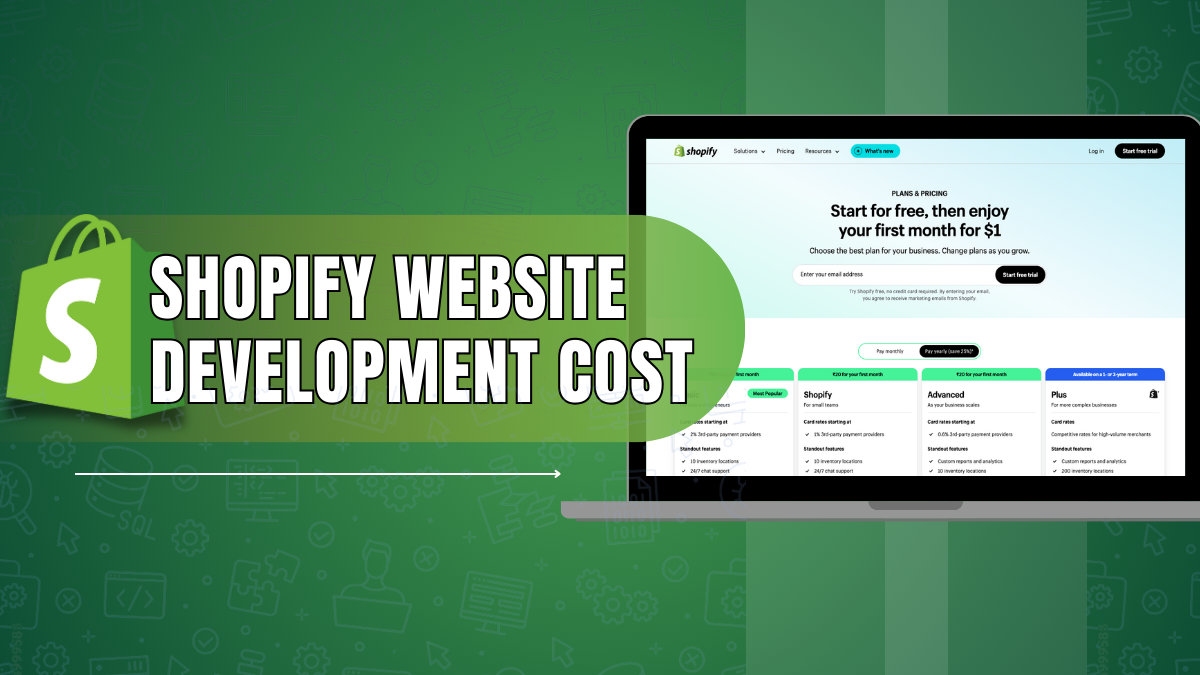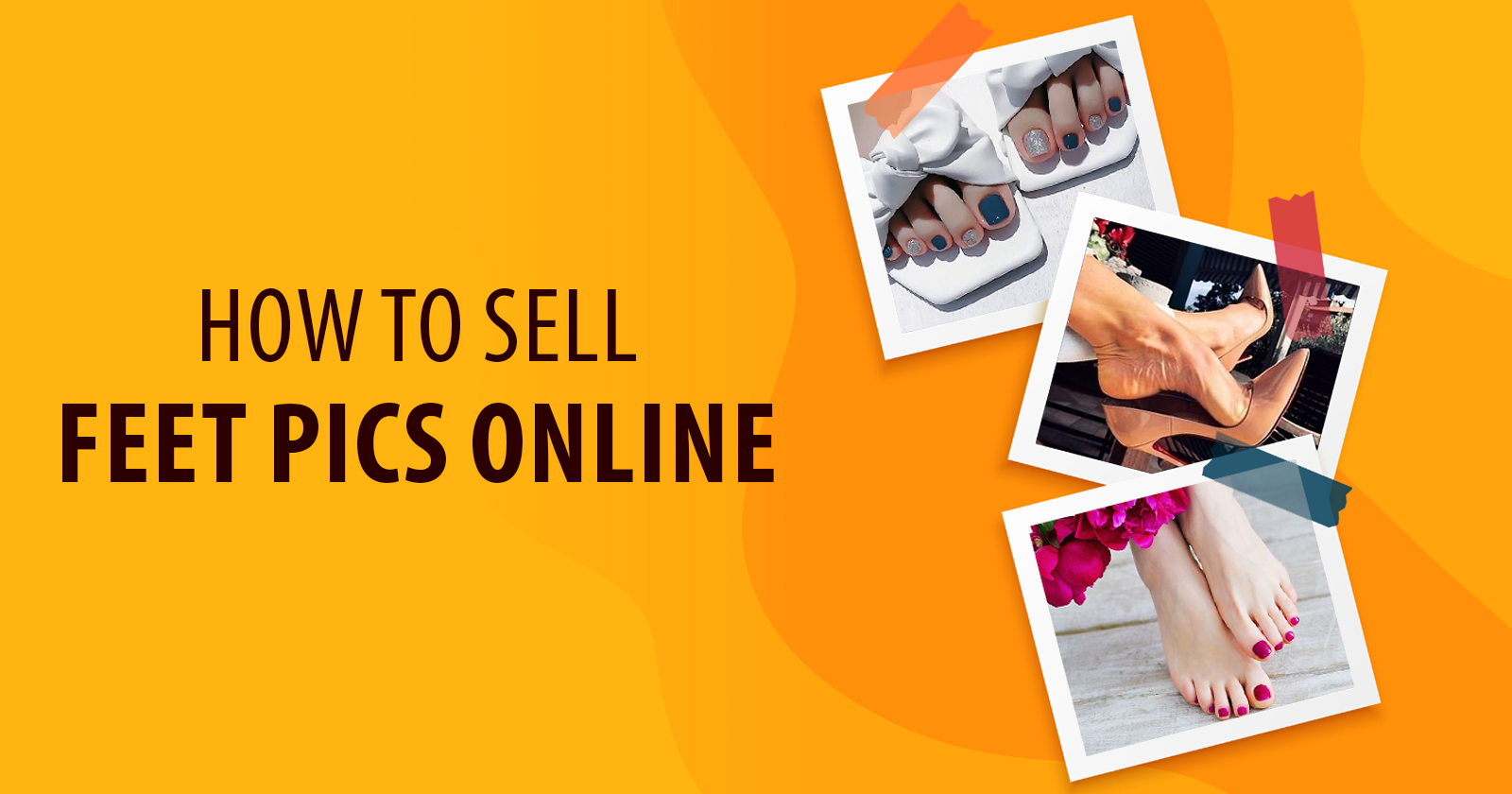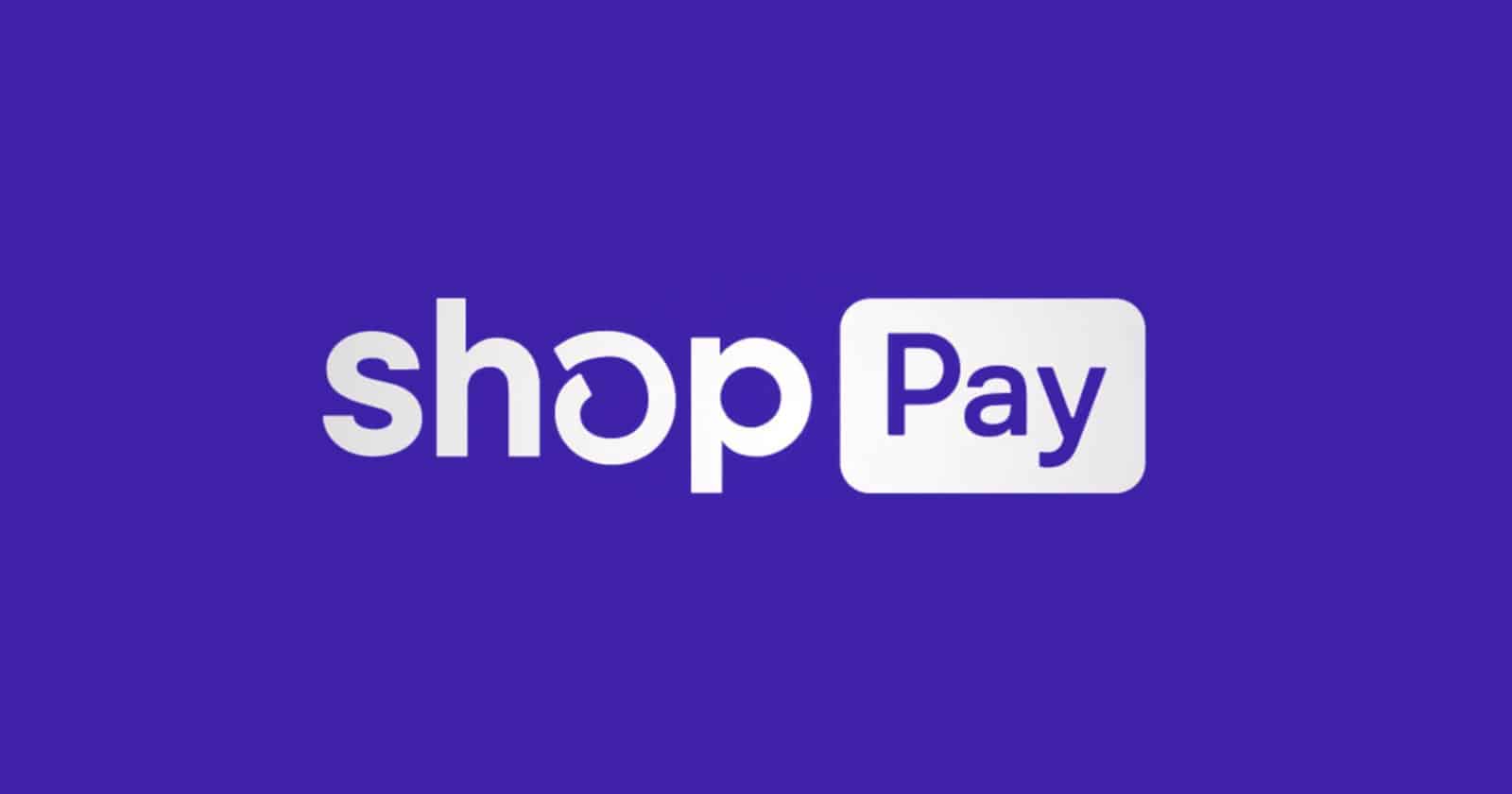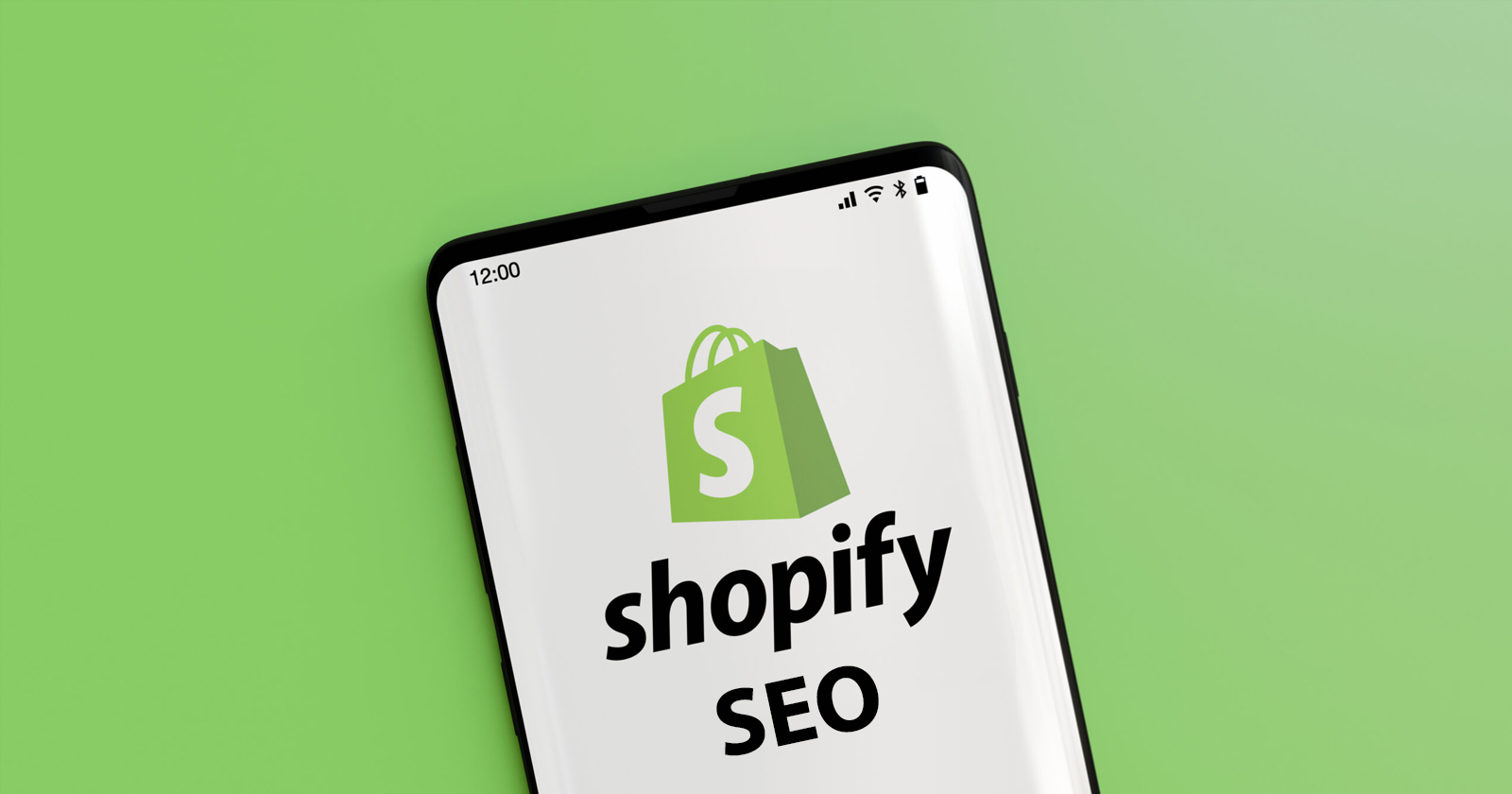Shopify provides numerous affordable templates, but these may not offer the best opportunity for your store’s success. Given Shopify’s widespread use, relying on a template design that many other stores also use makes it challenging to differentiate your store from competitors.
For newcomers to Shopify, exploring the available templates can be a good starting point, offering a variety of design options to spark ideas and help you get your store up and running. These templates provide a quick and cost-effective way to establish an online presence, making Shopify website design pricing very attractive for those on a budget.
However, for established Shopify stores aiming to boost performance and better reflect their unique brand identity, a custom Shopify website design is essential. While custom designs come with higher Shopify website design pricing, they offer the flexibility to create a distinctive and tailored user experience that aligns with your brand’s specific needs and goals.
This approach not only helps in creating a unique storefront but also allows for the integration of advanced features and optimizations that can enhance the overall functionality and appeal of your site.
Investing in a custom design can lead to improved customer engagement, higher conversion rates, and a more substantial brand presence in the competitive e-commerce landscape. By working with an experienced eCommerce web design agency, you can develop a customized solution that supports your business objectives. Despite the higher Shopify website design pricing, the benefits of a custom design can significantly outweigh the costs by setting your store apart from the rest.
Does Shopify Create Your Website Design?
The Shopify Theme Store features a curated marketplace with numerous pre-made themes crafted by Shopify partners and independent designers. Themes are organized by industry, style, and features for easy selection. They are primarily responsive, ensuring optimal viewing across various devices. Shopify themes typically offer a free trial period for testing before purchase.
Reputable web design agencies specialize in creating high-quality Shopify themes, providing a wider range of design options and functionalities compared to the Shopify theme store. Marketplaces like ThemeForest or Envato Elements offer a vast selection of third-party Shopify themes.
For a unique storefront, hiring a professional Shopify web design agency to create a custom theme tailored to your brand identity, target audience, and business goals is recommended. This approach allows complete design freedom and ensures effective reflection of brand voice and values. Agencies can also optimize websites for search engines (SEO) and conversion rate optimization (CRO) to enhance online visibility and sales.
Consider factors like cost, turnaround time, and design specificity when comparing pre-made and custom themes. Pre-made themes offer quick solutions but may lack highly specific design elements and uniqueness. Custom themes provide complete design control and tailored features but require a higher upfront investment and longer development time.
The decision between pre-made and custom themes depends on budget, brand requirements, and technical expertise. If a clear design vision exists and budget permits, investing in a custom theme is advisable.
Pricing For Shopify Website Design
Cost Of Shopify Web Design Services
The cost aspect of Shopify web design services is not a one-size-fits-all scenario. It’s subject to variation, influenced significantly by the intricacy of your project and the proficiency level of the agency you opt for. Let’s delve into the breakdown:
- Basic Services (Approximately $500 to $1,000): This range encapsulates fundamental tasks such as crafting individual design components or tailoring pre-existing themes. While it’s conceivable to stumble upon a fledgling agency willing to design your entire store within this bracket, it’s crucial to note that compromises in quality might ensue.
- Custom Designed Stores (Ranging from $5,000 to $20,000): Established agencies typically demand fees within this spectrum for crafting bespoke Shopify websites. This entails the creation of distinctive layouts, integration of your brand ethos, and ensuring a user journey that is seamless and intuitive.
Navigating Page Templates And Customization Aspects
Shopify websites hinge on diverse page templates to organize content effectively. Here’s a glimpse of what warrants consideration:
- Essential Pages: Foundational stores necessitate separate page blueprints for product listings (category pages), individual product showcases, a homepage, and, optionally, a blog or a contact page.
- Product Page Variants: While some proprietors might opt for a unified product page template across their inventory, premium items or those entailing detailed specifications may benefit from bespoke product page designs.
- Custom Functionality Incurs Additional Expenses: The proliferation of unique page layouts and requisitioning features that surpass Shopify’s native capabilities (such as seamless integration with a custom inventory management system) will invariably amplify the development outlay.
Relative Information To Consider
- Invisible Expenses: It’s imperative to factor in prospective ongoing maintenance charges or supplementary app expenditures necessary to actualize desired functionalities.
- Project Scope Clarification: Explicitly delineate the contours of your project at the outset. This encompasses enumerating the count of product pages, specifying desired functionalities, and outlining the extent of customization anticipated. A well-defined project scope empowers agencies to furnish precise quotations.
- Conduct Diligent Research: Scout for agencies endowed with experience germane to your particular industry domain. Scrutinize their portfolio and peruse client testimonials to gauge their design acumen and prowess in Shopify development.
By assimilating insights into these facets, you’re better positioned to make judicious decisions while selecting a Shopify web design agency, ensuring optimal returns on your investment.
Also Read: How Popular is Shopify: 2025 Usage Statistics
Boosting Your Shopify Site’s Visibility: Marketing Strategies For Google Ranking
Achieving visibility for your Shopify store is crucial as it directly impacts your sales potential. Search engines, notably Google, are major contributors to eCommerce sales, accounting for a significant 43% on average. This highlights the importance of ranking well for relevant keywords to ensure your store is visible to potential customers searching for products like yours.
Search Engine Optimization (SEO) is essential for enhancing organic visibility. It involves strategically incorporating relevant keywords, crafting high-quality content, and implementing technical best practices to improve your site’s ranking in search results. By optimizing your website effectively, you can significantly increase your chances of being discovered by potential customers browsing the web.
For newcomers, seeking assistance from a Shopify SEO company can be a wise decision. They can provide invaluable expertise in developing a comprehensive keyword strategy tailored to your business, conducting thorough keyword research, and formulating data-driven SEO strategies to elevate your search ranking.
Now, let’s explore additional strategies for driving traffic to your Shopify store:
- Content Marketing: Creating informative and engaging content such as blog posts, articles, or infographics related to your niche is essential. This establishes your authority in the industry, attracts organic traffic, and encourages repeat visits from interested prospects.
- Social Media Marketing: Leveraging platforms like Facebook, Instagram, and Pinterest allows you to showcase your products, run targeted ad campaigns, and foster a sense of community around your brand. Engaging with your audience on social media can significantly amplify your reach and drive traffic to your Shopify store.
- Email Marketing: Building an email list and implementing email marketing campaigns is an effective way to nurture leads and convert them into paying customers. Sending targeted promotions, new product announcements, and valuable content directly to subscribers’ inboxes keeps your brand top-of-mind and encourages repeat purchases.
By integrating these various strategies, including SEO, content marketing, social media engagement, and email marketing, you can create a comprehensive approach to drive traffic to your Shopify store, convert visitors into customers, and pave the way for sustained success.
Essential Insights: The Cost Of Developing and Designing A Shopify Website
Building a Shopify website involves several cost factors. Here’s a detailed breakdown to help you budget effectively:
- Monthly Shopify Subscription: Shopify offers tiered subscription plans to cater to different business needs. The Basic Shopify plan starts at $29.99/month, suitable for beginners. For features like abandoned cart recovery and international selling, consider the Standard Shopify plan at $79/month. For high-volume stores, the Advanced Shopify plan offers advanced reporting and increased transaction limits for $299/month.
- Theme/Template: Shopify provides a theme store with various options to customize your store’s look and feel. You can choose from free basic themes or explore paid themes, typically ranging from $100 to $200. These pre-designed themes offer a good starting point and can be customized to fit your brand identity.
- Custom Shopify Website Design: If you desire a unique and highly customized storefront, opting for a custom design is the way to go. Custom Shopify website design projects typically start in the $10,000 – $20,000 range. The complexity of your project and the number of unique page designs will significantly impact the final cost.
- Additional Development Needs: Shopify offers a vast app store with functionalities beyond the core platform. However, if you require specific features not available through apps, additional development work may be necessary. This can add to the overall cost, but planning your functionalities beforehand can help avoid unnecessary expenses.
- Shopify Digital Marketing: Attracting customers to your online store requires marketing efforts. Digital marketing agencies typically charge several thousand dollars per month for services like SEO (Search Engine Optimization) to improve your store’s ranking in search engine results.
Pro Tip: Consider agencies that offer bundled services under one roof. This can streamline the process and potentially save you money compared to hiring separate providers for web design, development, and digital marketing.
Also Read: Shopify Pricing: Features, Benefits, & Plans
Understanding Shopify’s Pricing Plans
In contrast to buying a website outright, Shopify provides a hosted e-commerce platform that operates on a monthly subscription basis. This means you don’t own the software but rather rent access to it and its services. There are several advantages to this approach:
- Always Up-to-Date: Shopify handles software updates and maintenance, ensuring your store benefits from the latest features and security patches.
- Scalability: As your business grows, you can easily upgrade your Shopify plan to access features that support higher sales volume and more complex operations.
- Reduced Upfront Costs: Compared to building a custom ecommerce platform from scratch, Shopify offers a much lower initial investment.
Shopify Membership Tiers
Shopify offers three main subscription plans, each catering to businesses of different sizes and needs:
- Basic Shopify ($29.99/month): This is a good starting point for new businesses or those with a limited product range. It allows you to sell online and in person and has basic features like unlimited product listings, a shopping cart, and discount codes. However, it comes with a slightly higher transaction fee (2.9% + $0.30 per transaction) if you don’t use Shopify Payments, their built-in payment processing system.
- Shopify ($79.99/month): This plan is ideal for growing businesses that require more features. It includes everything in Basic Shopify, plus abandoned cart recovery, gift cards, and lower transaction fees (2.6% + $0.30 per transaction). You can also add up to 5 staff accounts to manage your store.
- Advanced Shopify ($299/month): This plan caters to high-volume businesses that need advanced features for scaling and managing complex operations. It offers all the functionalities of the previous plans, with even lower transaction fees (2.4% + $0.30 per transaction), fraud analysis tools, and the ability to add up to 15 staff accounts.
Shopify pricing encompasses more than just the monthly subscription fees. Additional costs include transaction fees, which are charged per sale unless using Shopify Payments, and expenses for apps and themes. The app store offers various tools, some free and others requiring a separate monthly subscription.
Additionally, there’s a marketplace for themes that are available for purchase at a one-time fee. For a detailed overview of Shopify pricing and features at each level, it’s advised to refer to their official pricing page. This will assist in identifying the plan that aligns with your business requirements and financial constraints.
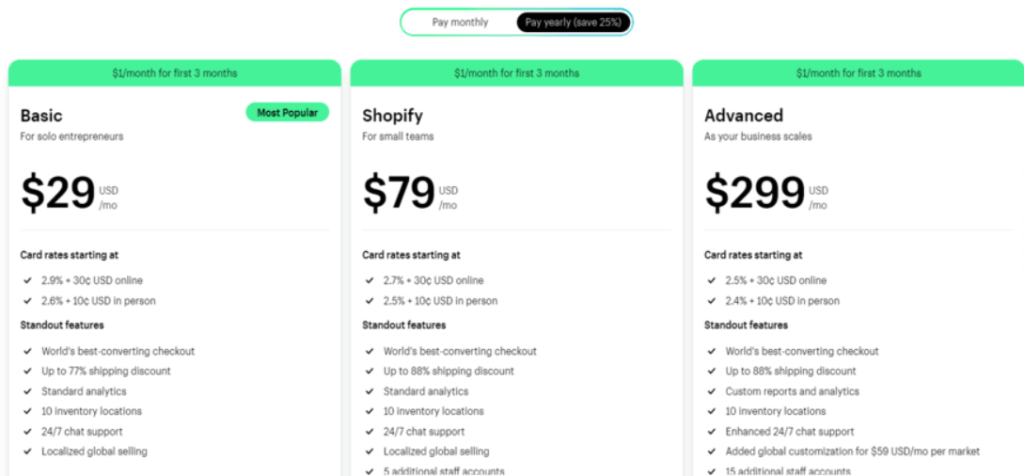
Conclusion
The costs of developing a Shopify website in 2025 depend on several factors, including site complexity, customization level, theme choice, and additional functionalities. Basic Shopify websites may cost a few hundred dollars if they use pre-made themes and minimal customizations.
More complex and highly customized websites, requiring professional developers or agencies, can cost thousands of dollars. Ongoing costs, such as app integrations, maintenance, and marketing, should also be considered in the overall budget.
Shopify offers a flexible and scalable platform for e-commerce businesses. Understanding your specific needs and setting a clear budget will help balance cost and functionality. Conducting thorough research and consulting with experts can help businesses make informed decisions to optimize their investment in a Shopify website, ensuring both immediate and long-term success.
FAQs
What factors influence the cost of Shopify website development?
The cost of developing a Shopify website in 2025 depends on various factors, including the complexity of the design, the number of features and integrations required, and whether a template or custom design is used. Additional costs may include the purchase of premium themes, apps for added functionality, and ongoing maintenance.
Can I build a Shopify website myself for free?
Technically, yes. Shopify offers free themes and a drag-and-drop interface. However, building a professional and functional website requires design skills and knowledge of the platform. Free themes may also have limitations in customization.
How much does it cost to set up a basic Shopify website?
A basic Shopify website setup can cost between $500 to $2,000. This range typically covers the purchase of a theme, basic customization, and the setup of essential e-commerce functionalities. Costs may be lower if you opt for a do-it-yourself approach using free themes and minimal customization.
Are there additional costs associated with Shopify website development?
Yes, there are additional costs to consider beyond the initial setup. These include monthly Shopify subscription fees, which range from $39 to $399 per month, depending on the plan chosen. You might also incur costs for premium apps and plugins, which can enhance the website’s functionality but add to the overall expense.
Why is Shopify better than Wix?
Shopify is better than Wix for e-commerce due to its robust features tailored specifically for online stores. Shopify offers superior scalability, a wide range of e-commerce tools, extensive third-party app integrations, and advanced inventory management. It also provides better support for multi-channel selling, including social media and marketplaces. Additionally, Shopify’s POS system and payment gateways are more sophisticated, making it ideal for businesses aiming to grow their online presence.
How much does it cost to redesign a Shopify website?
The cost to redesign a Shopify website typically ranges from $1,000 to $10,000, depending on the complexity of the design, the level of customization, and any additional features or functionalities required.
